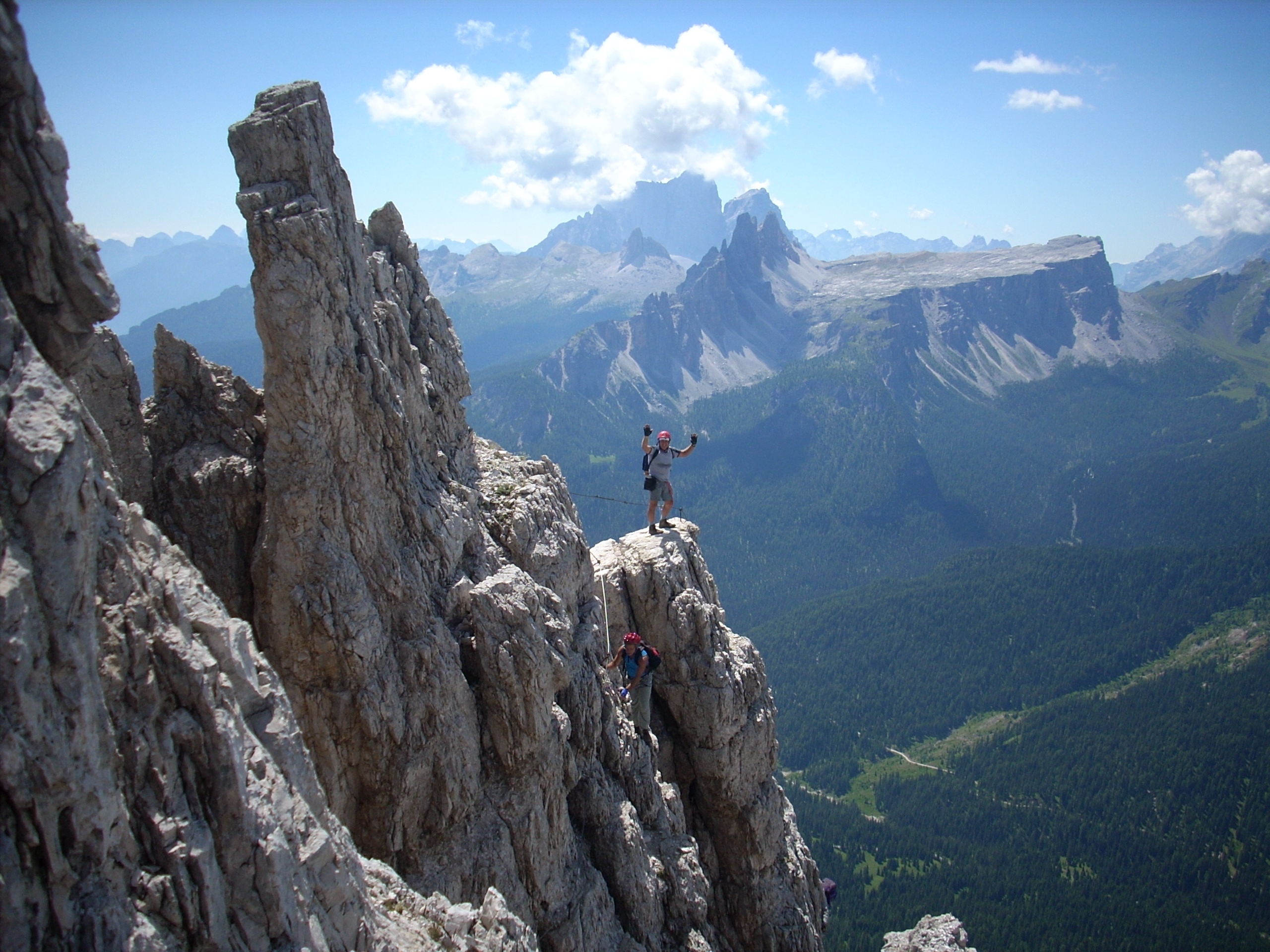Sports - there's one for all of us. Whether its the 40k marathon run, or the sunny golfing greens, you don't have to exhaust yourself to enjoy a sport.In this post I'm focusing on the dangerous side to sports, and which sports have it in more abundance, but for some sports, danger is the whole point, so the adrenaline rush can be triggered.
The order of this list, does not indicate how dangerous each sport is.
1. Street Luge
Street luge is the act of lying on a street luge board (like a long skateboard) inches away from the ground, and letting gravity take over, sky-rocketing up to speeds of 40-97mph......with no brakes!
Street luging have special organised races, but its not surprising to see people tearing down main roads with traffic acting as a one-way ticket to hospital.
2. Bull Riding
Bull riding is a rodeo sport which involves a rider getting violently thrown about whilst trying to cling on for a designated amount of time. (Eight seconds for the US).
It is an extremely risky sport and has been called "the most dangerous sport for eight seconds". An angry bull can easily kill a person or very seriously injure someone.
For me personally, I'm not a fan of the sport.
3. Heli-Skiing
Heli-skiing is the downhill, off-trail sport, in which participants have a helicopter ride to a steep slope and then jump, hopefully not injuring themselves in the process.
The sport allows people not to have to carry gear and accessories required to reach these areas, however, the helicopter ride in itself can be dangerous and there have been instances where people have died on route.
4. Base Jumping
Base jumping involves throwing oneself from atop buildings, antenna, towers, bridges, mountains, cliffs, into caves and crevasses, and the like, having only a single parachute to save their life.
It is considered an extreme sport and has been banned outright in a lot of places. When jumping from a height of 2000ft, falling for 1000ft will have a person plummeting towards earth at 120mph, and will be approximately 10.9 seconds away from the ground. Base jumpers normally jump from a height of 1000ft (300m) or less!
There have been fatalities within the sport.
5. Cave Diving
Cave diving is the exploration of caves and is an extension in the U.K of the sport caving.
Taking all the dangers diving already offers, cave diving adds even more: cramped spaces, low or no visibility, chances of getting lost, cold temperatures, and not having the luxury to resurface whenever one wants.
True cave diving can take individuals thousands of feet into a cave complex, well out of the sunlight's reach.
There have been hundreds of deaths as a result to cave diving.
6. Cheerleading
While cheerleading isn't the first thing that springs to mind when talking about dangerous sports, it has seen its fair share of injuries proving quite common for them to occur, and in some instances fatalities.
Being thrown 20ft into the air isn't the safest thing to do, and trusting in a group to catch you with precision can prove tricky. As cheerleaders move up divisions, the tricks and stunts also increase in danger.
7. Mountain Climbing
Mountain climbing also known as mountaineering, is the sport of hiking up and climbing mountains. Mountain climbing poses more dangers than many expect, with mountaineers having to face freezing conditions, a loss of oxygen, equipment breaking and being stranded, falling, and simple injuries being much more problematic.
Mountain climbing is split into three categories: rock, ice, snow. Whichever route a person decides to take, the perils don't let up.
8. Gymnastics
Involving flexibility, physical strength, agility, balance, coordination, and throwing yourself around at great height.
Due to the intensive training gymnastics involve, and the small margin for error, gymnastics has gained the reputation of a dangerous sport.
Due to the intensive training gymnastics involve, and the small margin for error, gymnastics has gained the reputation of a dangerous sport.
9. Rugby
The physical contact sport of rugby is no joke. It doesn't matter if you're rugby union or rugby league, injuries are common, and more serious permanent injuries are no surprise.
The game originated in England in the early 19th century.
10. Big-Wave Surfing
Big-wave surfing is just the same as regular surfing except for one thing, the waves that are taken on are 20ft (6.2m) and higher.
The size and shape of the board depends on the surfer and the waves. Some boards allow for fast paddling and easiness of wave catching, being stable once upright, however not having much manoeuvrability. Others may be less stable, but a lot more agile.
Some of these waves could easily destroy a village, not to mention a small surfer who accidentally falls off his board.
I don't claim ownership or credit for the pictures, all credit is reserved for the original owners. No copyright intended, if you have an issue with a picture that is present, then please contact me.









